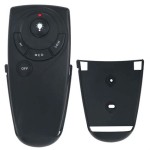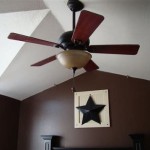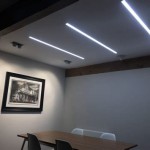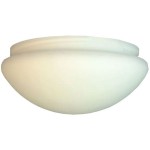Kitchen Ceiling Lights Design: Essential Aspects to Consider
The kitchen is the heart of the home, and proper lighting is crucial for creating a functional and inviting space. Kitchen ceiling lights play a vital role in illuminating the workspace, setting the ambiance, and enhancing the overall design aesthetic. Here are essential aspects to consider when designing your kitchen ceiling lights:
Functionality and Task Lighting
The primary purpose of kitchen ceiling lights is to provide adequate lighting for cooking, cleaning, and other everyday tasks. Choose lights with high lumen output and consider the specific areas that need the most illumination, such as the sink, stovetop, and work surfaces. Pendant lights, recessed lights, or under-cabinet lights can effectively direct light to task areas.
Ambiance and Mood
In addition to task lighting, kitchen ceiling lights can create a specific ambiance or mood. Warm, ambient lighting can make the space feel cozy and inviting, while brighter, whiter light can create a more energized and efficient atmosphere. Dimmable lights allow you to adjust the lighting depending on the occasion or time of day.
Design and Style
Kitchen ceiling lights are not just functional; they also contribute to the overall design and style of the kitchen. Consider the shape, size, and finish of the lights to complement the existing décor. Geometric pendants, chandeliers, or recessed lights with decorative trims can add a touch of elegance or modernity to the space.
Lighting Layers
To create a balanced and well-lit kitchen, incorporate multiple layers of lighting. This includes ambient lighting from ceiling lights, task lighting from under-cabinet or pendant lights, and accent lighting from spotlights or strip lights to highlight specific areas or objects.
Energy Efficiency
When selecting kitchen ceiling lights, consider energy efficiency. LED lights are highly energy-efficient and last significantly longer than traditional incandescent or fluorescent bulbs. You can also look for fixtures with motion sensors or dimmers to further reduce energy consumption.
Placement and Height
The placement and height of kitchen ceiling lights are crucial. For work surfaces, lights should be centered directly above or slightly in front of the work area. Pendant lights should hang at a height that provides ample illumination without obstructing movement. Recessed lights can be spaced evenly across the ceiling for overall lighting.
Maintenance and Cleaning
Kitchen ceiling lights are prone to grease and grime buildup. Choose lights that are easy to clean and maintain. Fixtures with sealed glass or closed shades can prevent dirt and grease accumulation. Regular cleaning will ensure that the lights continue to provide optimal illumination and enhance the overall aesthetic of the kitchen.

Kitchen Ceiling Lighting Ideas For Your Home Designcafe

Kitchen Ceiling Lighting Ideas For Your Home Designcafe

Stunning Kitchen Lighting Designs To Transform Into A Designer Space
?strip=all)
Kitchen Lighting Ideas Lights Co

Kitchen Ceiling Lighting Ideas For Your Home Designcafe

How To Light A Kitchen Lightology

How To Create A Beautiful Effective Kitchen Lighting Design Bob Vila

42 Best Kitchen Lighting Ideas And Light Fixtures For Kitchens

How To Choose Kitchen Lights The Lighting Company

Ceiling Lights Interior For Kitchens At Light11 Eu
Related Posts








